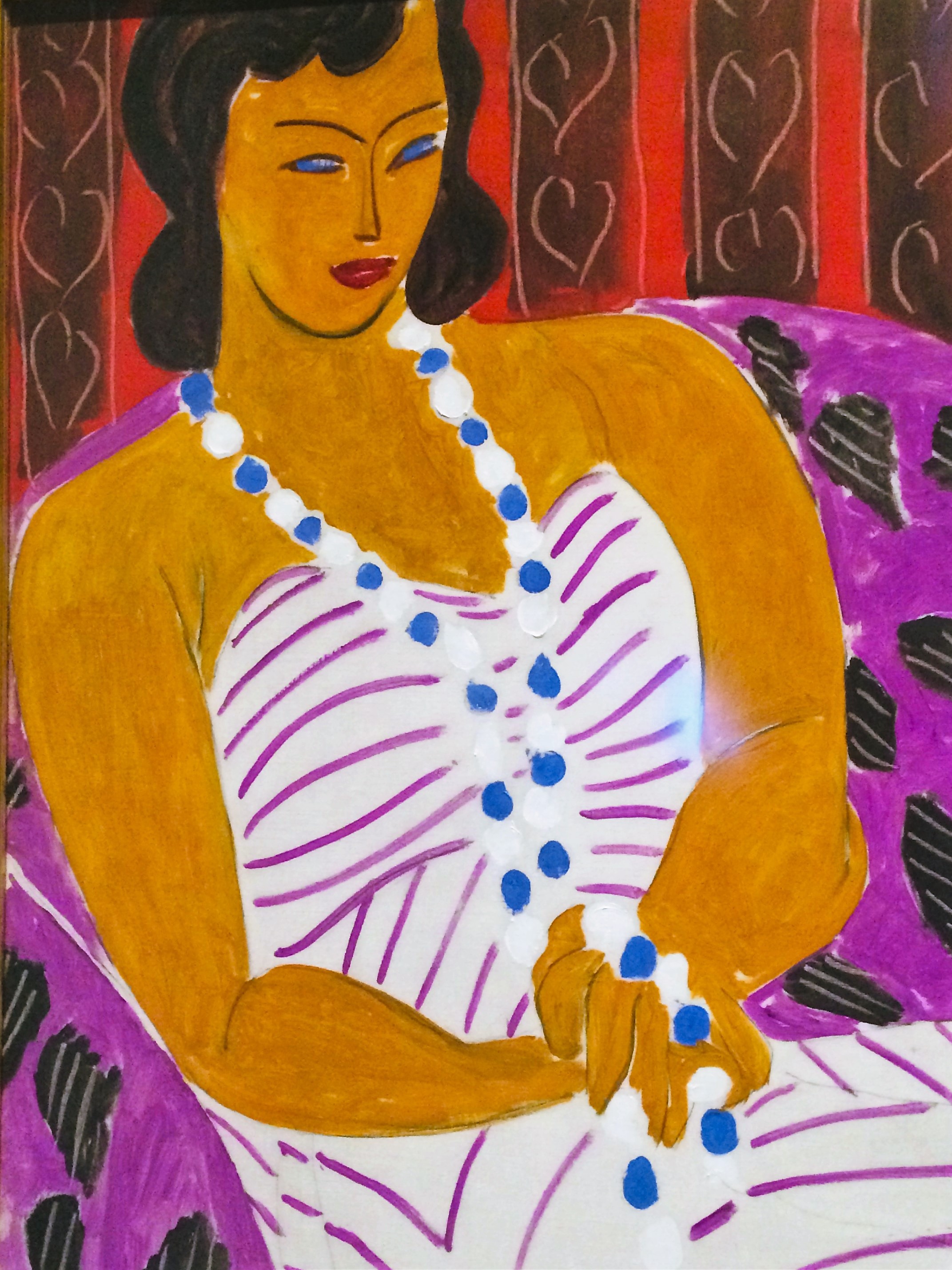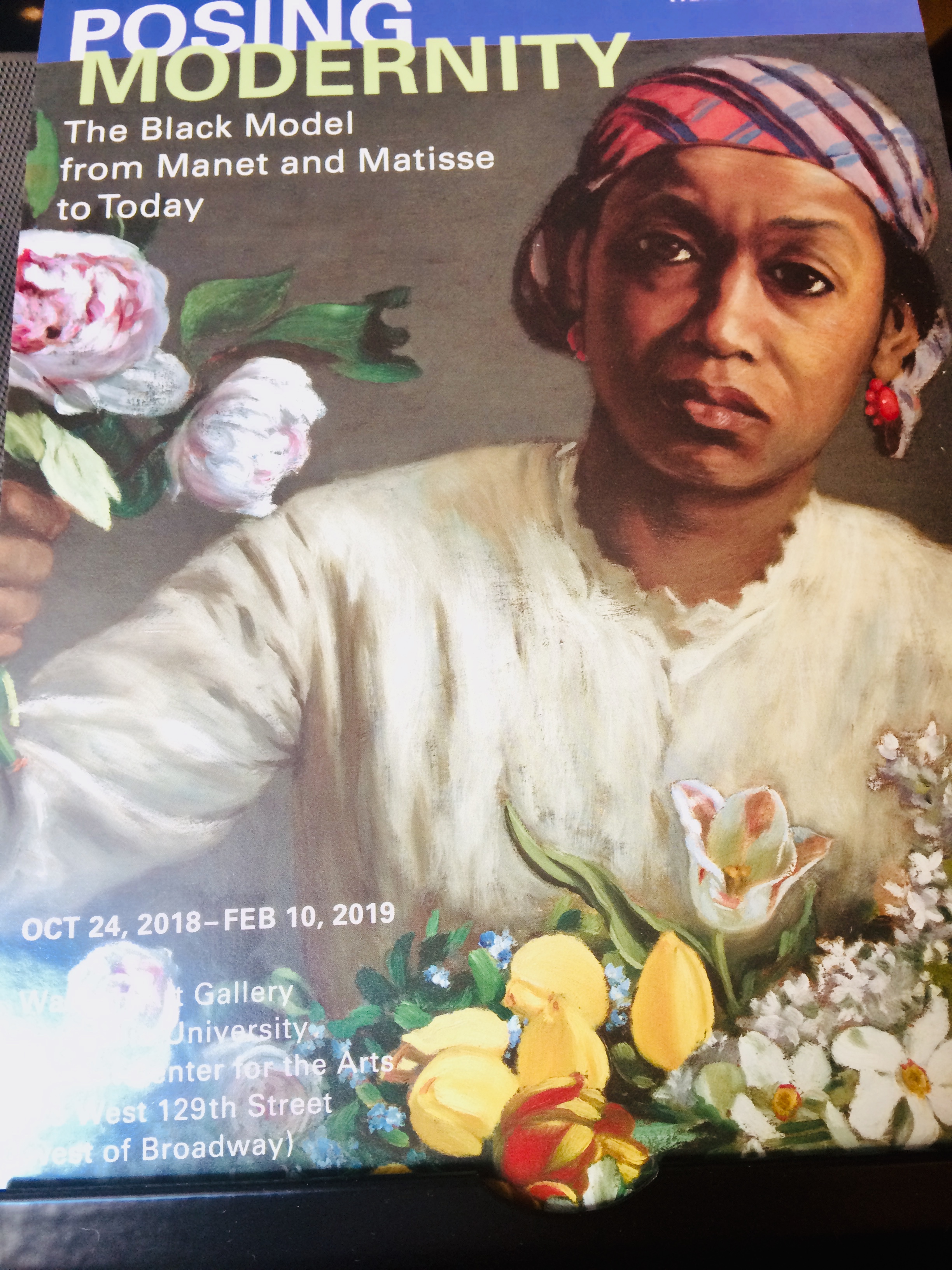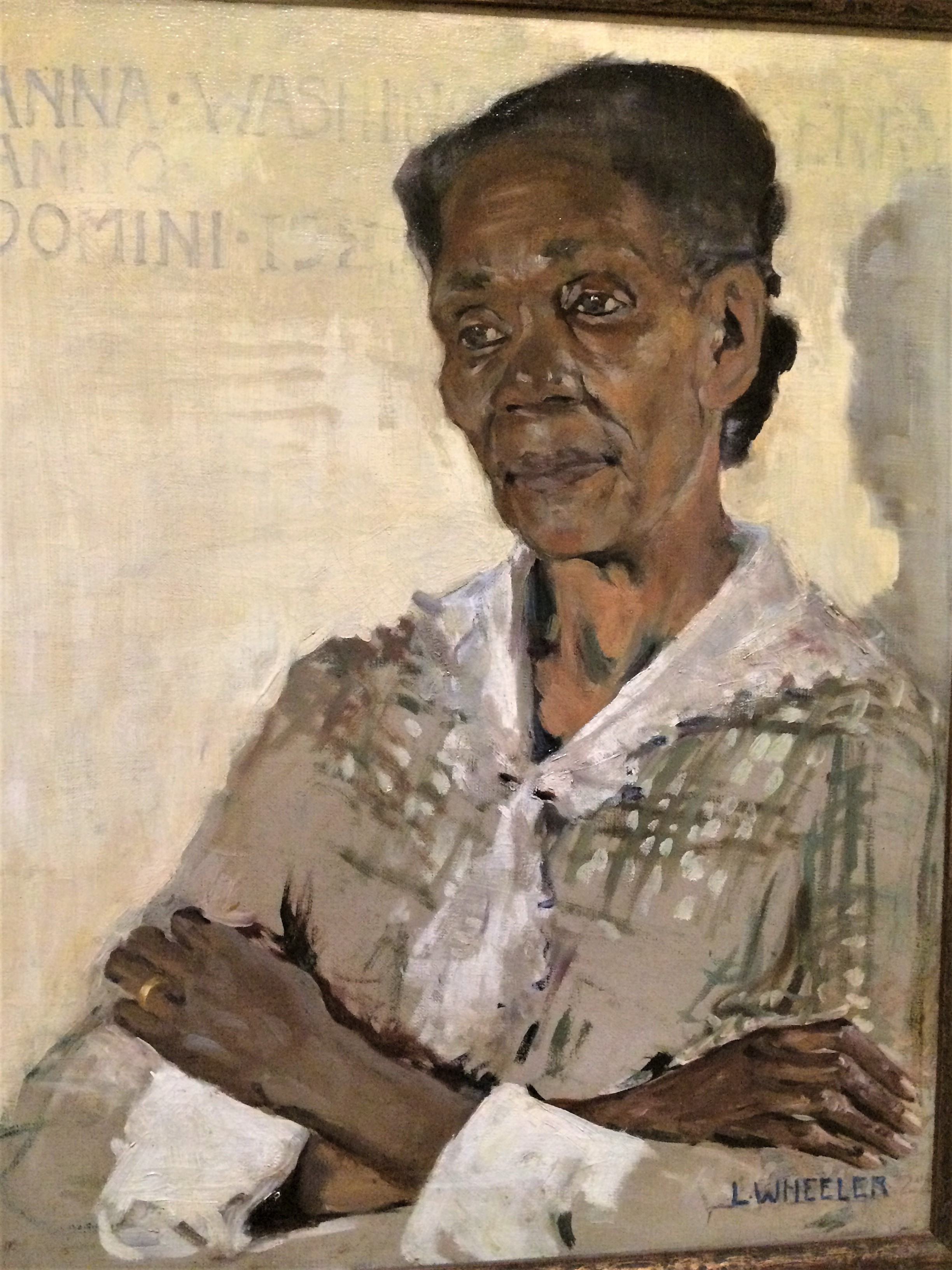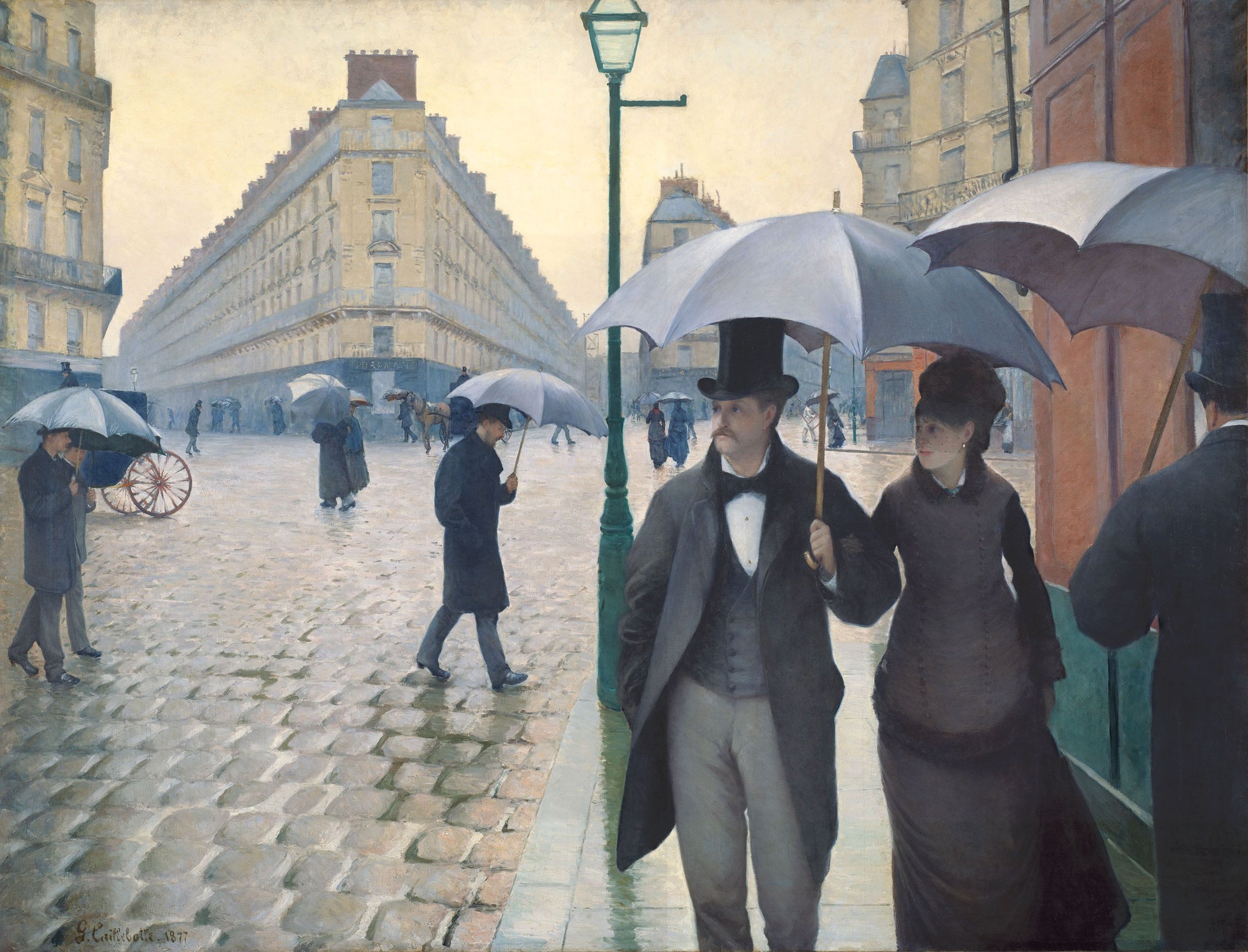New York to Paris: Posing Modernity
Olympia by Edouard Manet 1863
A brief mention in a newspaper caught my eye: A chance—or so I thought—to see Manet’s Olympia at the Wallach Art Gallery. The last time I saw her she was hanging out at the Musée d’Orsay in Paris. It wasn’t long before I headed uptown to West 129th Street, not knowing anything about the gallery, other than its address. The day held many surprises!
Where am I?
After much trial-and-error, I located the Miriam and Ira D. Wallach Art Gallery on the sixth floor of the Lenfest Center for the Arts, a sparkling new space for the Columbia University School of the Arts. A student manning the reception desk said the Lenfest was the second building to open on the Manhattanville Campus of Columbia University. Designed to be a ‘transparent’ campus—no surrounding gates, ground-level passageways cutting through buildings— it’s destined to have seventeen buildings in dialog with the community, only blocks off the Hudson River.
Jacques Eugene-Feyen:The Childlike Kiss 1865
New Visions
The exhibition, Posing Modernity: The Black Model from Manet to Matisse to Today, explores the changing portrayal of the figure of the black woman in modern art—beginning with Manet’s Olympia. Of which, by the way, there was only a copy that day at the Wallach Art Gallery, as the original had stayed home in Paris. It mattered little, as there was much to see in what one critic called an “unmissable show.”
In the exhibition poster, above, based on Bazille’s Young Woman with Peonies 1870, the flower-seller is a black Parisian, who’s neither a sex-worker nor in servitude. And in those by Matisse, who often visited New York and Harlem, the women are portrayed in lovely dresses and comfortable surroundings, a distinctly modern twist. Note the flatness of the body, the directness of the gaze. And in The Childlike Kiss, 1865, the black and white women are shown as social equals.
Why the outrage?
When Olympia was hung at the salon in 1863, viewers were shocked, so much so they had to be restrained lest they destroy the painting. Why the furor? Until that time, women had been idealized in paintings—modeled on historical, Biblical or mythological figures. But here was a real woman, a courtesan with a black maid and a strange black cat in one corner. As the servant offers Olympia a bouquet of flowers, presumably a gift from a lover, the young prostitute looks away, somewhat bored, as if this sort of thing happens all the time. Below is a contemporary take of Olympia by Aimé Mpane on the same theme, if with a reversal of roles. The mural is composed of chips of plywood, a ubiquitous building material in the Congo. Note: The cat is still watching!
Aime Mpané (Congo-born( Olympia II
Traveling to Paris
Posing Modernity: The Black Model from Manet to Matisse to Today remains on view until February 10, when it will move to the Musée d’Orsay (March 26 to July 14, 2019)where it will be expanded and known as: Le modèle noir de Géricault à Matisse.
The Wallach Art Gallery is free and open to the public. Just stop at reception for a Visitor sticker. Hours are: Wednesday & Friday noon – 8 pm and Saturday & Sunday noon – 6 pm.
And that’s all for this weekend, mes amis. Hope to see you back next week, when I’ll have the coffee ready…Jusque-là, que la vie soit bonne pour vous.
PS: I’ve saved the following for last, as Laure is based upon one of my favorite paintings, Gustave Caillebot’s Paris Street: Rainy Day 1877









